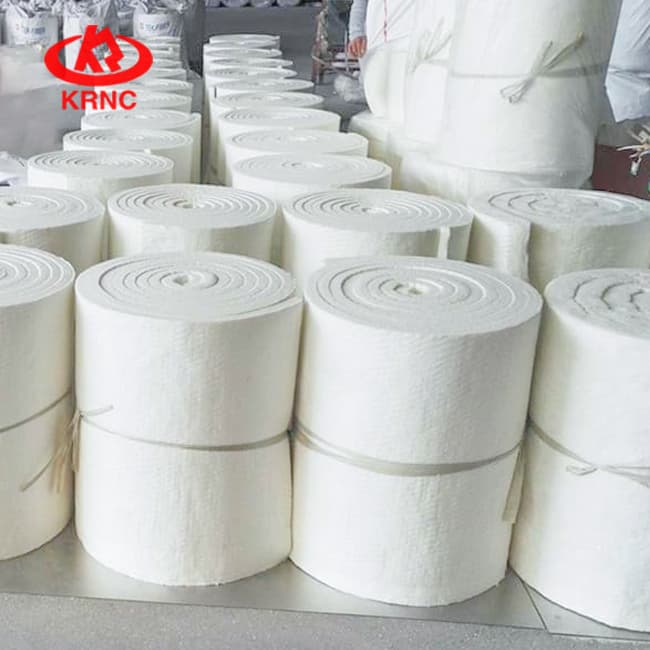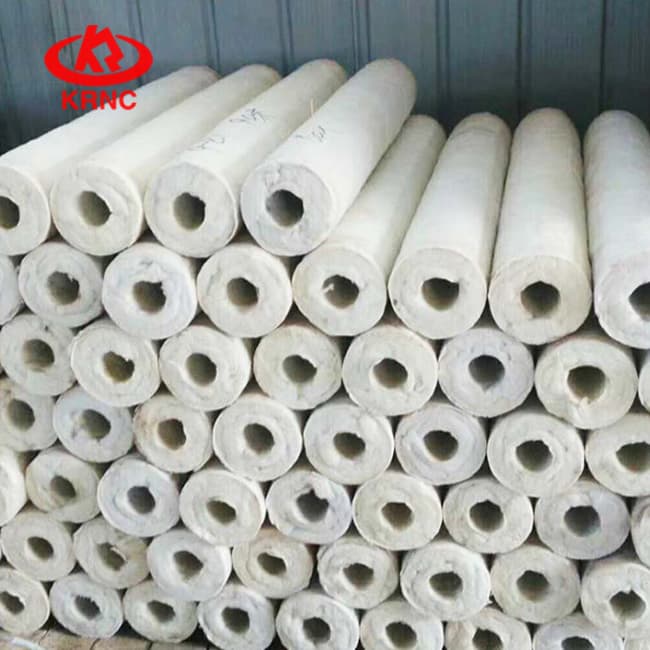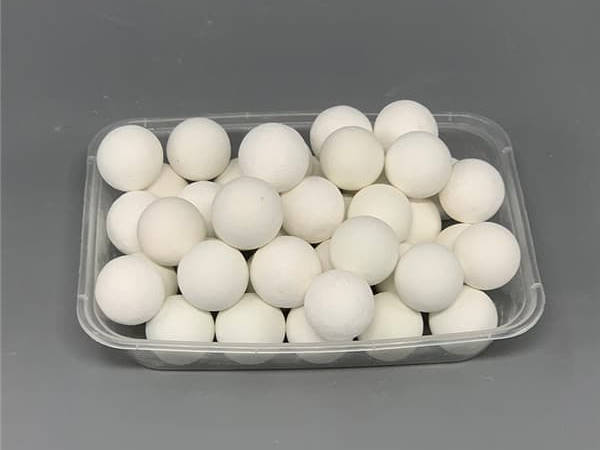Refractory Ceramic fiber materials are widely used because of their excellent corrosion resistance, abrasion resistance and high temperature properties. They are a potential substitute for metal materials for high performance materials used in harsh environments. However, due to the inherent brittleness of ceramic materials, its practical application is limited. With the continuous progress of science and technology, new ceramic materials have a new direction of development.



Whisker reinforced ceramic composites
Ceramic whiskers refer to single crystal fibers with very small diameters. Generally, its length is several hundred times its diameter, and it is usually grown by gas phase method. Whiskers have very few defects, so their mechanical strength is high and their tensile strength can be close to the theoretical strength of pure crystals. The strength of whiskers is closely related to their thickness. The thicker the whiskers, the lower their strength, so the smaller the diameter of the whiskers, the better.
Due to its high strength, low density, and heat resistance, whiskers are often used as reinforcing materials. Commonly used whiskers include Al2O3 whiskers, SiC and Si3N4 whiskers, graphite whiskers, etc. Whisker reinforcement is an effective means to improve the high-temperature mechanical properties and thermal shock stability of ceramic materials.

Nano-ceramic composites
Nano-ceramic composites were developed in the mid-1980s. Nano-ceramic composites can be generally divided into three categories: in-grain, intergrain nanocomposites and nano-/ nano-composites. The nano particles of the first two types of nanocomposites are mainly dispersed within or between the matrix grains, and their main goal is to improve the mechanical properties at high temperature.
Nano/nano-composite materials, on the other hand, are composed of nano-scale dispersions and matrix grains, with the aim of adding certain new functions to the ceramics, such as machinability and superplasticity. The grain size, grain boundary width, second phase distribution, porosity and defect size of nano-ceramic composites are all limited to the level of 100nm. The mechanical properties of nano-ceramic composites are increased exponentially with the decrease of grain size.

Performance gradient ceramic composite materials
The composition of performance gradient composite materials gradually changes from one side to the other, causing a gradual change in material performance (or function). This type of material is called performance gradient materials (referred to as inclined functional materials in Japan), which is a new material developed in Japan in the mid-1980s.
Performance gradient materials are a type of thermal stress relieving material, which is developed for practical applications that require one side of the material to be heat-resistant and antioxidant, while the other side (cold side) must have toughness and should be able to alleviate and withstand thermal stress. It is a new concept material different from traditional homogeneous composite materials.
With the technological progress of the high-temperature industry, the demand for high-performance refractory products has become more urgent. Some functional refractory materials are also produced using high-performance ceramic materials, which have higher requirements for raw materials, proportions, and production equipment.


 Wechat Us
Wechat Us